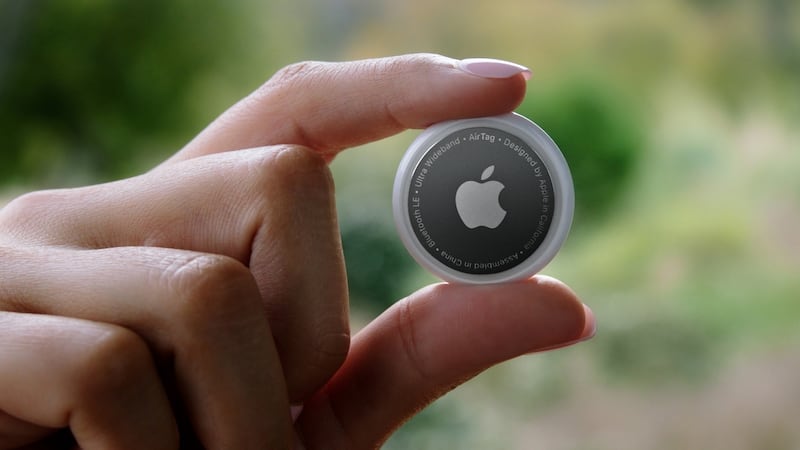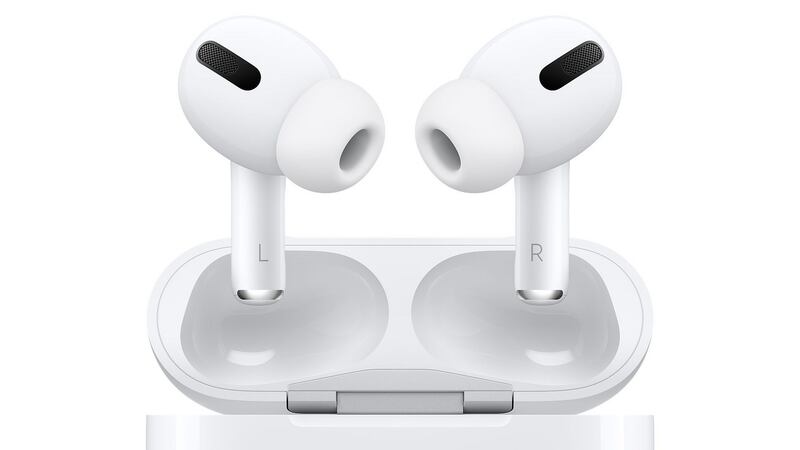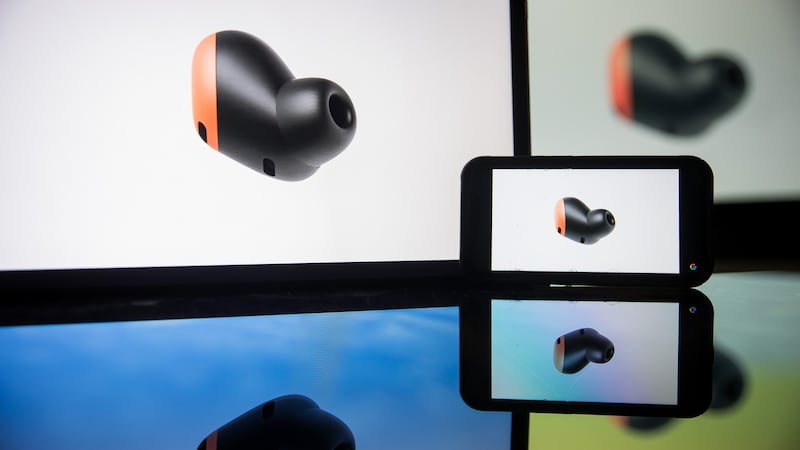Summer may be at an end but that doesn’t mean your travel plans have to be. Those who have the option of waiting to take a break will be looking forward to quieter airports. And there are those who have to travel year-round for work and so will still be in and out of airports.
Travel can be stressful at the best of times, and the recent disruption has exacerbated the problem. From long queues at check in and bag drop to lost luggage, running the gauntlet of the airport is by no means simple.
This is where we can turn to tech to help us out, relieving at least some of the concerns we may have about travelling again after a long hiatus.
Keeping track of luggage
If you stand around a luggage carousel these days, you can almost feel the tension. Will the bags appear? Did they even make the plane? Are you going to be wearing the same T-shirt and socks for the next five days? Luggage anxiety is real — and justified, given the photographs of hundreds of bags sitting around in airport terminals.
READ MORE
There are several options to keep an eye on where your luggage is, ranging from budget bluetooth to more expensive GPS locators. Which tracker you go for will depend on how often you travel, what your budget is and what you need the trackers to do.
The least expensive is the bluetooth tracker, such as the Apple AirTag (€35), Tile Pro (€35) or Chipolo One (€25).
Slip one of these trackers inside your bag and you should be able to track your luggage location through the app on your smartphone. There are no additional fees, and the only thing you’ll need to do is replace the battery once every six months to a year.
It seems like a good way to ease your airport anxiety a little. There are limitations though. The range of the tags for a direct connection with your smartphone is between 30 feet and 400 feet, depending on what device you are using. If you mark a Tile or Chipolo as lost, you can use the network of users to track down your device. However, that is dependent on there being someone who is signed up to the Tile or Chipolo network in the vicinity of your “lost” item, excluding the Chipolo One Spot or Card Spot, which work exclusively with the Apple Find My network.

So that brings us to AirTags. There are hundreds of millions of Apple devices using the Find My network, turning it into a vast crowdsourced network that uses bluetooth technology to find missing devices and report the location — approximate — back to its owner. According to Apple, the whole process is end-to-end encrypted and no one else can see the location of an item except the registered owner.
Again though, there are limitations. If no Find My compatible device is in range of your AirTag, you won’t be able to get an up to date location. AirTags may also not give accurate location data if your tagged object is moving too quickly.
However, it is a low cost way to find out if your luggage actually made the airplane and is below you in the hold before you take off, or if it is still sitting on the tarmac in the last airport you transited through. And personal experience has shown that it does indeed work.
If you want up to the minute location data though, you might need to stump up for something more expensive. The Gego tracker is best for those who travel frequently. Formerly LugLoc, the tracker uses a combination of assisted GPS and 4G networks to broadcast an accurate location.
You’ll have to pay almost €100 for the device itself, and it needs an ongoing service plan to keep the GPS active, which will cost you close to $20 for a single month, or $14 per month if you sign up for the year.
The downside? The battery, although rechargeable, lasts just a week. That is fine for most normal trips, but it assumes that your luggage will make it to you before the battery runs out. It probably wouldn’t even occur to you unless your luggage had spent almost two weeks claiming to follow you around various airports in South America, as has happened on occasion. Though perhaps with the Gego tracker, you would have discovered early on that the aforementioned bag was, in fact, still in the US airport you transited through at the start of your trip.
Portable power
We have become so used to travelling with portable electronics that we almost take it for granted that we will just breeze through security with them. But there can be problems if your devices run out of power, so a portable power bank could be a worthwhile investment.
There are several reasons why you should have a backup power source if you are travelling.
First of all, most of us use electronic boarding passes to get on the plane. If you are travelling long haul and are using your phone for entertainment on the plane as well as holding your ticket, you better make sure that you have enough charge left in your phone to get you to your destination.
While some aircraft have power at the seats, it’s not a given that you will have access to a way to charge your phone while on board or, if you do, that it will be working.
Second, some airports warn that if your electronic devices can’t switch on, you may not be allowed to take them on board. That can get expensive at best if you have to ditch a phone to get on a flight, or leave you stranded at worst if your phone has all your boarding cards and travel information stored.
And third, with smartphones becoming the hub for everything we do, the likelihood that your smartphone will die mid-flight and leave you with no access to money (through your digital wallet), travel plans (via email) or a way to access your transport accounts is higher than most people would like.
There are relatively inexpensive options which will pay for themselves in terms of convenience many times over.
At €30, the Otterbox 10K power bank is affordable and will keep your smartphone topped up for a long flight. It supports fast charging, can charge more than one device at a time and has been drop tested — good for fumbling through airport security and living to tell the tale.
Irish brand Juku offers a few different power banks, but the Juku AirLume 10,000 (€70) offers both wired and wireless charging for your mobile device. At 10,000 mAh, you will get a couple of charges for your smartphone, or a power boost or two for your headphones before you need to recharge it.
Another option is Elecjet. Our favourite is the Apollo Ultra, thanks to the graphene technology that allows it to charge quickly and last longer in terms of power cycles than the standard lithium ion banks. However, that one might be hard to come by, so the PowerPie (€70) 20,000 mAh power bank is the next best thing. Not only will it charge quickly, it supports 45 watt fast charging for Samsung devices, and will also work as a power bank for your laptop.
Noise cancelling
Hell is other people, to misinterpret that famous Sartre quote. True hell is other people crammed into a metal tube, flying thousands of feet in the air with no escape. Noise cancelling headphones can help ease the way though, blocking out the worst of the background noise, while still allowing you the option of letting ambient noise in when needed.
Apple users should look at the AirPods Pro (€279), in-ear buds which have swappable silicon tips, active noise cancelling and are compatible with Siri commands. The case charges wirelessly too, and you’ll get a few hours of listening before you have to pop them back in the case to charge.



At the less expensive end of the scale are the noise cancelling Huawei Freebuds Pro 2 (€199), which also have decent noise cancelling, although the “transparency” mode that allows you to hear what’s going on around you isn’t as good as other earbuds, in my experience. For Android users, the Pixel Buds Pro (€219) provide excellent noise cancelling and great battery life, at seven hours (ish) with active noise cancelling on.
Also, if you use an Android phone, you can instruct Google’s digital assistant from the ear buds, get turn-by-turn directions to your ear and real-time translation with Google Translate.





















